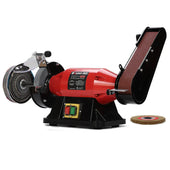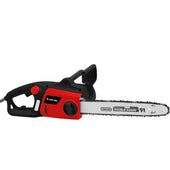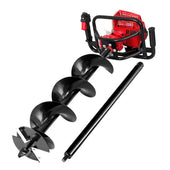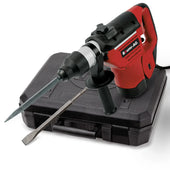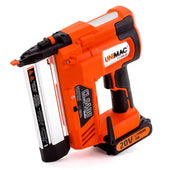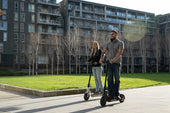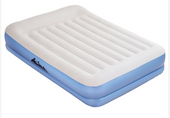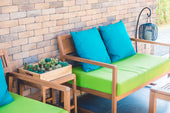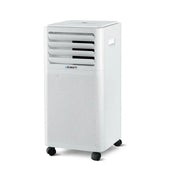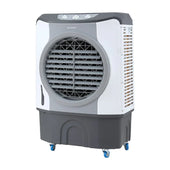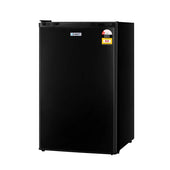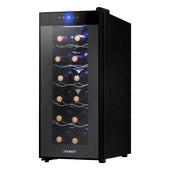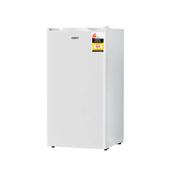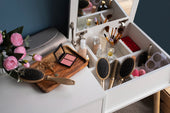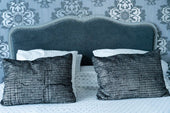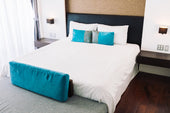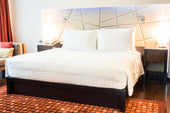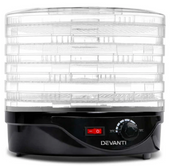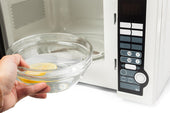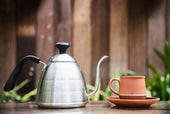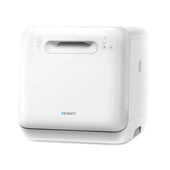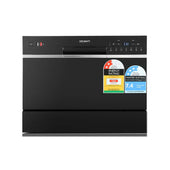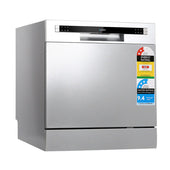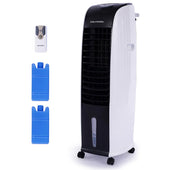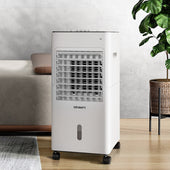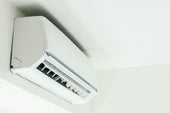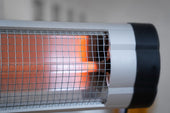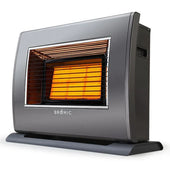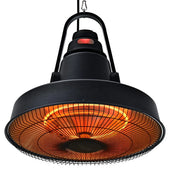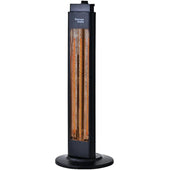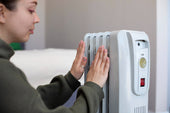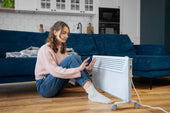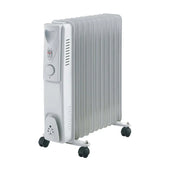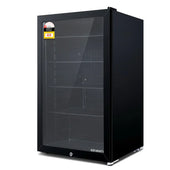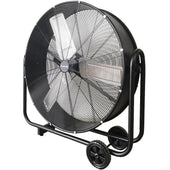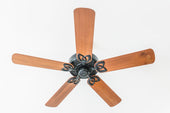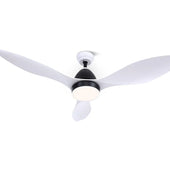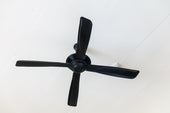Introduction: Why Choosing the Right Dining Chair Matters
Selecting the perfect dining chair is more than just a style choice—it’s a decision that impacts comfort, functionality, and overall dining experience. Dining chairs play a vital role in how people engage during meals, whether for casual gatherings or formal occasions. A carefully chosen chair enhances posture, supports extended seating, and complements the surrounding décor seamlessly.
At During Days Comfort features, material durability, and spatial compatibility must be addressed before making a decision. For individuals who frequently entertain or struggle with space constraints, the right chair can transform the dining room’s usability. Considering lifestyle, the choice between swivel and fixed dining chairs adds versatility or stability based on personal needs.
Understanding Swivel Dining Chairs: Features and Benefits
Swivel dining chairs are versatile seating options designed to rotate 360 degrees, offering flexibility and practicality. They often include a swivel mechanism integrated within the chair base, allowing users to turn without moving the chair itself. Many designs also feature adjustable height or padded armrests for additional comfort.
Key Features of Swivel Dining Chairs:
- 360-Degree Rotation: Enables easy movement and access around the dining table.
- Ergonomic Design: Many models provide lumbar support, enhancing dining comfort.
- Material Variety: Available in wood, metal, or upholstered finishes to suit diverse decor styles.
Benefits:
- Simplifies table access in tight spaces.
- Reduces strain when interacting with others.
- Adds a contemporary, functional aesthetic.
Swivel dining chairs are ideal for modern spaces emphasising convenience and design efficiency.
Exploring Fixed Dining Chairs: Characteristics and Advantages
Fixed dining chairs provide stability and often feature a traditional design, making them a timeless addition to dining spaces. These chairs are constructed without moving parts, ensuring durability and minimal maintenance over time. They are commonly crafted from materials like wood, metal, or upholstered frames, offering a variety of aesthetic options to complement any interior décor.
Key Characteristics:
- Sturdy Construction: Fixed dining chairs rely on solid, non-mechanical frames.
- Design Versatility: Available in classic, modern, and rustic styles.
- Supportive Comfort: Focus on ergonomic backrests and cushioned seats.
Advantages:
- Longevity: Built for daily use with minimal wear and tear.
- Cost Efficiency: Typically less expensive than swivel models.
- Space Efficiency: Perfect for compact dining areas due to their streamlined form.
- Easy Pairing: Matches seamlessly with fixed dining tables.
Comfort Comparison: Swivel vs Fixed Chairs
Swivel chairs offer dynamic comfort, allowing users to rotate effortlessly to adjust their position. This feature can be particularly beneficial during conversations or when reaching for items around the dining table. Additionally, their inherent flexibility can reduce strain, as users do not need to frequently shift their body to turn.
Fixed chairs, on the other hand, prioritise stability. With a solid, immobile base, they often provide a sturdier seating experience, ideal for prolonged dining sessions. Their traditional design can incorporate cushioning for added support, relying on firmness rather than movement for comfort.
When choosing, individual preferences for movement or stability play a crucial role in determining the most comfortable option for a dining setup.
Style and Aesthetic Appeal of Swivel and Fixed Designs
Swivel and fixed dining chairs offer distinct stylistic characteristics that cater to different aesthetic preferences. Swivel chairs often feature a modern, contemporary appeal, with sleek lines and innovative designs that complement minimalist or open-plan interiors. Their rotating mechanism naturally adds a dynamic and playful element to the dining space, making them a conversation starter.
On the other hand, fixed dining chairs exude timeless elegance with their sturdy, structured look. Available in a range of materials like wood, metal, or upholstered finishes, they harmonise beautifully with traditional, rustic, or classic interiors. Design choices such as tufted cushions, armrests, or carved details further enhance their sophistication.
Space Efficiency: Which Option Fits Your Dining Area Best?
When evaluating space efficiency, dining areas benefit differently depending on the type of chairs chosen. Fixed dining chairs are ideal for compact spaces as they can be neatly tucked under the table, keeping walkways clear. Their predictable positioning allows for consistent spacing, supporting a more organised appearance.
Swivel chairs, on the other hand, often demand a larger footprint due to their rotating feature and base design. This movement potential can create challenges in tighter layouts, especially if multiple chairs are in use. However, in open-plan dining spaces, swivel chairs offer flexibility for repositioning and versatile use beyond dining.
Consider factors like table size, room dimensions, and anticipated foot traffic when making a choice.
Functionality for Different Lifestyles: Formal vs Casual Dining
When considering dining chairs, functionality plays a vital role in meeting the demands of different lifestyles. Swivel chairs, with their ability to rotate freely, are often favoured in casual dining spaces. Their manoeuvrability fosters an informal, dynamic atmosphere, making them ideal for open-plan kitchens and spaces designed for social interaction.
Fixed dining chairs, on the other hand, are a staple in formal dining settings. With their sturdy design and focus on maintaining alignment, they create a polished aesthetic suited for elegant dinners or structured gatherings. Transitioning between styles depends on individual priorities—comfort and versatility vs formality and tradition.
Durability and Maintenance: Swivel vs Fixed Longevity
When evaluating the durability of dining chairs, swivel models typically experience more wear due to their movable components, like bearings and pivots. These mechanisms can wear out over time, particularly under heavy usage. Fixed chairs, by contrast, often have a simpler construction with fewer moving parts, leading to greater longevity.
Maintenance requirements also vary between the two types. Swivel chairs may require periodic lubrication and alignment to maintain functionality. Fixed chairs demand minimal upkeep, often limited to cleaning and tightening screws.
Factors to consider include: frequency of use, environmental stress (e.g., humidity), and build quality, which heavily influence overall lifespan.
Cost Considerations: Budget-Friendly Choices for Both Types
When evaluating dining chair options, cost plays a vital role. Fixed dining chairs tend to be more affordable due to their simpler design and construction. They are widely available in a range of materials like wood, plastic, or metal, making them a budget-friendly choice for families or large dining spaces.
Swivel chairs, however, often carry a higher price tag. This increase stems from their added components, such as rotating mechanisms and sturdier bases. Buyers should also factor in maintenance costs, as swivel mechanisms may require occasional repairs. To save money, one can explore materials like faux leather for swivel chairs or opt for second-hand deals.
Swivel Chairs for Multi-Purpose Spaces: A Flexible Option
Swivel chairs offer unmatched adaptability, making them an excellent choice for rooms serving multiple purposes. Their ability to rotate 360 degrees enhances functionality, allowing effortless transitions between dining, lounging, or working. Such flexibility aligns well with open-plan layouts, where furniture often needs to meet diverse needs.
These chairs are particularly beneficial in spaces where seating arrangements change frequently. Their mobility reduces strain when reaching for items or interacting with others, creating a dynamic and user-friendly environment. For tighter areas, swivel chairs minimise the need for repositioning, maintaining convenience without compromising comfort.
Available in various designs and materials, they blend seamlessly into different interiors, from minimalist to traditional themes.
Fixed Chairs for Stability and Tradition: When They Shine
Fixed dining chairs excel in settings where stability and traditional aesthetics are valued. Their sturdy design ensures they remain firmly in place, reducing the risk of accidents, especially for families with small children or elderly members. These chairs seamlessly complement classic or formal dining spaces, offering a sense of timeless elegance that fits well with traditional furniture styles.
Key advantages include:
- Durability: Fixed chairs often have fewer moving parts, making them more robust over time.
- Design Harmony: They integrate easily into cohesive décor themes.
- Reliability: Perfect for long meals or formal gatherings due to their dependable structure.
Their simplicity prioritises function over flexibility, appealing to those valuing a grounded dining experience.
Key Factors to Consider According to Your Lifestyle Needs
When choosing between swivel and fixed dining chairs, several key factors related to lifestyle preferences play a crucial role.
Ergonomics and Comfort
- Swivel chairs offer flexibility in movement, allowing users to turn and adjust effortlessly, which may be beneficial for active households.
- Fixed chairs are designed for sturdy, stable support, best suited for those prioritising a traditional seating experience.
Space Considerations
- Swivel chairs typically require more room to rotate freely, making them less ideal for compact dining spaces.
- Fixed chairs are space-efficient and work well in smaller areas or narrow dining arrangements.
Style and Aesthetics
- Swivel chairs often lend a modern touch to interiors, complementing contemporary designs.
- Fixed chairs cater to classic or minimalist styles, offering timeless appeal without extra moving components.
Household Dynamics
- Families with children may find fixed chairs safer due to their immovable base.
- Adults or individuals hosting guests might prefer the convenience of swivel chairs for social settings.
By evaluating these aspects, users can pinpoint which chair type best matches their lifestyle and interior priorities.
Recommendations for Families, Couples, and Solo Dwellers
- Families: Swivel chairs can be ideal for families with children due to their flexibility and ease of movement. They allow children to turn without getting up, which may minimise disruptions during meals. However, fixed chairs are often sturdier and more stable, making them a safer choice for younger children who may tip over swivelling chairs.
- Couples: Couples may prefer swivel chairs in open-concept dining areas as they allow for smooth manoeuvring between a dining area and a lounge space. Fixed chairs, on the other hand, can offer a more traditional and cohesive aesthetic for intimate dining settings.
- Solo Dwellers: For solo occupants, the choice depends heavily on lifestyle. Swivel chairs pair well with multitasking or working from the dining table, while fixed chairs add a classic charm suited for smaller, minimalistic spaces.
How to Pair Your Dining Chairs with Your Table Style
Pairing dining chairs with a table requires balancing aesthetics and functionality. Begin by considering the table's design. A rustic wooden table pairs well with upholstered chairs or those featuring natural materials like rattan or wicker. For a sleek, modern table, select chairs with clean lines, minimal detailing, and metal or leather finishes.
Matching height and proportions is crucial. Dining chairs should allow at least 12 inches between the seat and tabletop for comfortable seating. When mixing styles, ensure a unifying element—such as colour, finish, or material—ties the pieces together. Always test for ergonomics to confirm a cohesive, functional arrangement.
Conclusions: Making the Best Choice for Your Unique Lifestyle
Determining whether swivel or fixed dining chairs align better with a specific lifestyle requires considering practicality, aesthetic preferences, and everyday needs. Swivel chairs excel in dynamic settings, offering ease of movement and flexibility, particularly in multi-functional spaces or for those who frequently host gatherings. Conversely, fixed chairs suit individuals desiring a formal, traditional dining arrangement with a timeless design.
Key factors such as room size, the desired level of comfort, and maintenance requirements should be evaluated. For example, swivel chairs may require more upkeep due to mechanisms, while fixed chairs often provide simpler care. By weighing these considerations, an informed decision can enhance both comfort and style.



